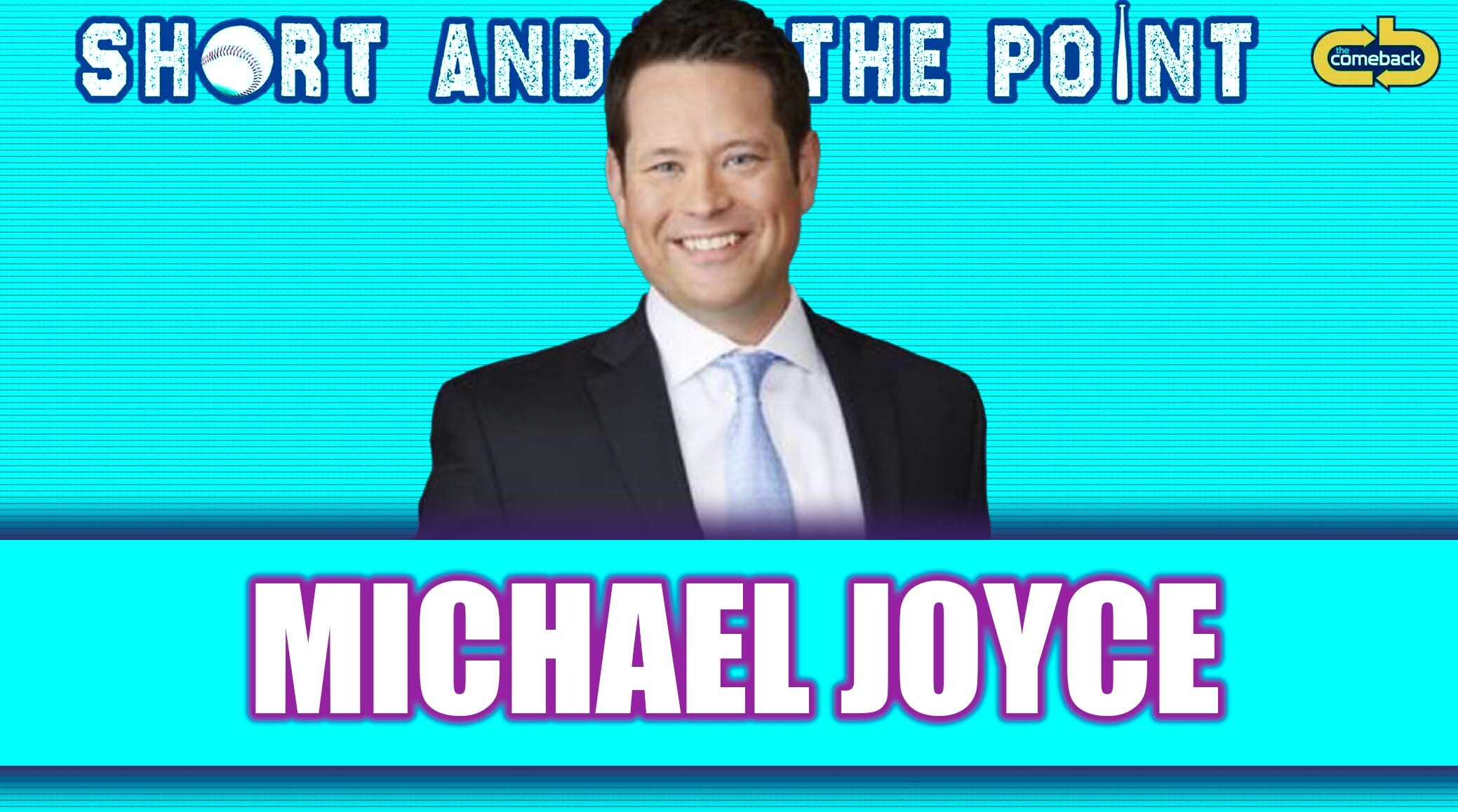This week represents the 10-year anniversary of FS1. When the network launched in August 2013, Fox put every resource possible behind it to build a true competitor to ESPN’s monopoly over the sporting landscape. While FS1 has found some level of success and has certainly found a solid, long-lasting foundation, it’s a very different network now compared to when it started.
Today is the 10-year anniversary of Fox Sports 1 flipping the on switch, a time to remember when Rupert Murdoch set his sights on ESPN. He didn’t get quite over the mountain in the last decade – although remarkably FS1 is in more homes now than ESPN – but he did create the last major new sports channel before the crash of the cable subscriber market.
While the Murdoch-owned Fox started out seeking to take on ESPN’s hold on the sports media market, the two companies have diverged notably in one area that could help decide how each emerges from the quickly changing media ecosystem. ESPN, like many content distributors, has embraced digital streaming with its ESPN + app, despite media companies incurring billions of dollars of losses on the apps as the race for subscribers with low paywall costs collided against premium content costs.
Fox Sports and its FS1 outlet on the other hand have deliberately not entered the streaming space, standing apart from ESPN, not to mention NBC (Peacock), CBS (Paramount+), and even Warner Brothers Discovery, which is planning to stream some of its sports on the Max app.
“We think that the pay-TV ecosystem continues to be of tremendous value for our businesses and really drives the value of Fox Sports and that content, and will for a long time to come,” Fox CEO Lachlan Murdoch told analysts during an earnings call this month. “We don’t envision a moment when you leave pay TV and quickly transition to a direct-to-consumer universe. We think you will enter a phase where both are important.”
Compare that to Walt Disney CEO Bob Iger telling his company’s analysts this month it’s a question of when not if ESPN goes direct-to-consumer. Doing so would greatly affect how much ESPN could charge cable distributors for the channel and its many sister channels.
Fox is clearly not anti-streaming: its Fox News has the Fox Nation app, and Tubi is an ad-supported steamer of general entertainment shows. It’s just anti-streaming, at least for now, when it comes to Fox Sports.
That makes the Murdochs either geniuses for avoiding the steep losses incurred by sports streamers by not creating a FS1+, or they will quickly be left behind if the narrative changes quickly and the number of cable subscribers declines even more precipitously.
“They don’t have those losses that other corporations have gone through but the flip side is, you have a growing audience that is used to streaming and it’s a younger audience, it’s a tech savvy audience,” said media consultant Lee Berke. “And it’s growing in size, where in many markets in the country, broadband-only households are roughly 35% to 40% of the total market.”
That means in some markets, up to two-fifths of the population can’t access any events from Fox Sports.
Cable subscriber numbers plummeted from a high of 100 million households about the time the Murdochs launched FS1 to around 70 million households today as consumers cut the cord–or never connect. But the cable bundle still remains very lucrative, even at the 70 million number. CNBC reported two years ago that Disney would take ESPN fully direct-to-consumer if the subscriber number dropped below 50 million. PwC has projected that threshold will occur in 2027.
But Patrick Crakes, a media consultant who was at Fox when FS1 started, said even at 50 million homes, the cable bundle would be a good business, just not as great as a decade ago.
“You can’t ignore 50 million people,” said Crakes. “We’re going to have broadcast television for your great-grandchildren.”
Crakes, who was senior vice president of programming research and content strategy at Fox in 2013, said despite the timing at the apex of the subscriber market, the creation of FS1 was a boon for the company because it allowed the broadcaster to expand beyond just a few major sports. Crakes said his division conducted research before the launch that showed while fans expected a solid game production from Fox, when they were asked who was there for them all the time the answer that came back was ESPN.
Adding FS1 allowed Fox to bid on events like the World Cup, Crakes said, who added he soon realized Fox would need an overflow channel, which became FS2. The value of FS1 at launch was $120 million, he said, whereas today it is $1.2 billion.
Looking forward, Crakes said he believes FS1 is well-positioned to ride out the streaming tsunami that has slammed steep financial losses on other media.
“So Fox is avoiding a lot of that and in the next five years, they’re in a good position because what they’re doing is they continue to invest in the content that moves the needle, making the most of the declining pay-TV bundle,” he said. “They’re positioned well to navigate the storm, the next three to five years are probably going to be brutal. And they certainly are avoiding a lot of the stress that all their brethren are having.”
Berke on the other hand is not so sanguine.
“’It’s going to be a challenge,” Berke said of the future of FS1. “On a singular DTC basis, they don’t have an outlet for that. So they’re either going to have to partner with somebody who does, or eventually potentially be sold to somebody who does.”
It would be an understatement to say Murdoch has proven a savvy operator in sports. In 1994, Fox shockingly won rights to the NFL, rocketing the then-upstart into the big boy legion of media companies (it was so shocking as Fox did not televise any other sports and was lampooned for its stations having poor signals). And then in 2019, Fox got out of the regional sports network business before it imploded. Fox’s channels, along with other entertainment assets, were sold to Disney, which then offloaded the RSNs to Sinclair. Earlier this year, Sinclair put the channels into Chapter 11 bankruptcy.
And Fox has already saved billions of dollars not creating a streaming channel. It’s hard to imagine that the company at some point doesn’t launch one, perhaps when consumers are bathed in the higher prices now emerging after a series of rate hikes by streamers. Lachlan Murdoch’s comment to analysts did mention there would come a time when both DTC and linear TV are important, suggesting Fox could at some point jump into the Plus wars.
Disney and others have forecast streaming losses will end next year as prices are hiked and content costs are corralled. Whether that truly happens is up for debate.
Andy Kessler, a columnist for the Wall Street Journal, wrote last week, “Double prices for streaming? Disney’s gambling deal last week with Penn National smells of desperation and will dilute ESPN’s brand.”
If that is true, and Fox’s patience pays off, the next ten years look to be a whole lot better for FS1 than the first ten.
Sports business reporter Daniel Kaplan has covered the industry for 25 years at Sports Business Journal and The Athletic. He can be reached on Twitter @KaplanSportsBiz.







